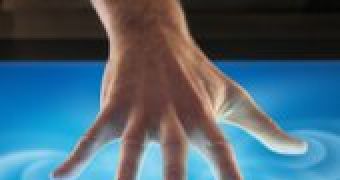With products such as Windows Phone 7, Microsoft Surface Windows 7 and Kinect, Microsoft is at the forefront of the natural user interface wave in computing.
The company’s products offer customers next generation interaction models involving pen, multi-touch, voice, gestures, etc.
Through Channel 9, the software giant is offering a sneak peek behind the NUI curtain, to the work that goes on to enable pen and touch on various products including Surface, a Windows 7 slate from Dell and Windows Phone 7 devices.
Just make sure to watch the video embedded at the bottom of this article in order to gain insight into Microsoft’s NUI efforts at the research and development level, quite some time before innovations from the software giant end up in actual products available to consumers.
“The second in a series of looking at what our folks in Microsoft Research are up to – this time, Larry Larsen hooks up with Michel Pahud and they take a look at the integration of pen and touch.
“Michel talks about the “fat finger problem” and show us a few demos on Surface and a Tablet PC.
“Things get really interesting when he whips out a smartphone and uses movement to change the UI on the phone – moving the phone up and down for zoom for example,” revealed Microsoft’s Steve Clayton.
The conclusion of the video is simple, touch and multi-touch and pen can work together in tandem in order to enable users to kick up a notch their NUI experiences.
This because touch and pen are essentially two different interaction models, that although share the same principle, end up being applied differently.
Still, the two are complementary even at a concept level, and you’re bound to think the same after you get to watch the video below.

 14 DAY TRIAL //
14 DAY TRIAL //